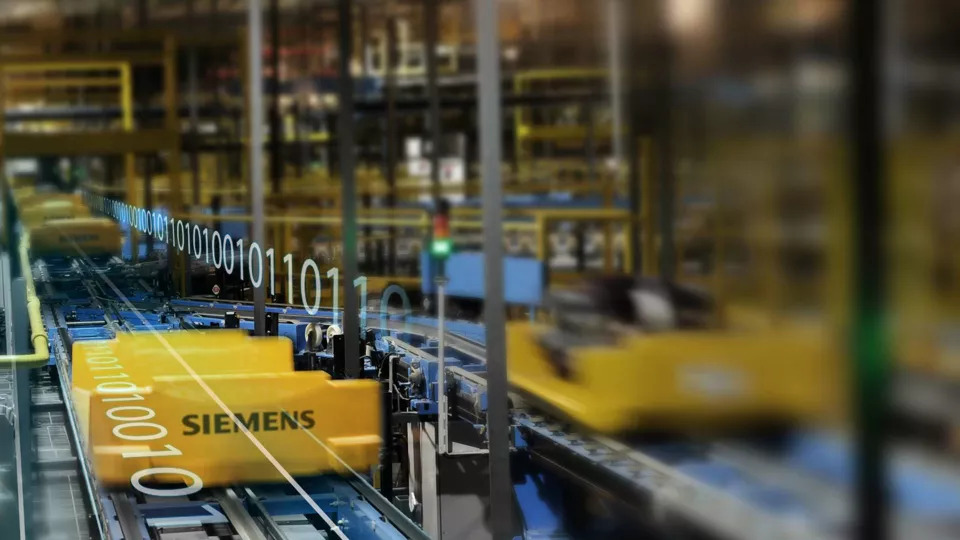TrayFleet 360: Everything under control with predictive maintenance

Individual carrier systems ensure fast and efficient baggage handling at airports worldwide. In the most modern hubs, thousands of trays transport luggage through kilometers-long systems. To achieve maximum availability and reliable operations, the baggage handling system (BHS) must be optimally maintained.
It takes up to 30 minutes to conduct a standard manual tray inspection – an extremely time-consuming process for a BHS with thousands of trays. During such inspections, every single tray is routed to a service station where it is taken out of the system and lifted onto a turntable. There, service staff measures the material left on the guided rollers’ two plastic-coated bearings. They also assess the condition of the bearing and the inlay. If a component is worn out or damaged, it is repaired or replaced.
The problem with this time-based maintenance is that trays with defective rollers or inlays may run through the system for a long time before they are identified. This significantly increases the risk of breakdowns and unplanned, costly downtime for airports and airlines. They also lead to baggage that are left unprocessed and sometimes even flight delays. How can airports and airlines avoid such situations? Predictive maintenance is the answer.
Reducing your BHS inspection time from months to hours
Airports relying on predictive maintenance have achieved excellent results and can manage their operations far more efficiently. This service approach combines condition monitoring, intelligent data analysis and machine learning to quickly identify the degree of component wear and tear, just like the TrayFleet 360 service solution from Siemens Logistics. Cameras detect damages and dirt on the back and front rollers as well as the tray inlay during operation. At a push of a button, advanced software quickly analyzes the images and rates the condition of the components on a scale from new to defect. Based on the scoring, service personnel can decide which components need to be repaired or replaced next. Each individual wear part can also be displayed on a dashboard should a more detailed analysis be needed.
With TrayFleet 360, time-consuming manual tray inspection becomes obsolete. Personnel can be more efficiently allocated to other areas instead. TrayFleet 360 also plays a major role in ensuring sustainability and improving the use of resources by retaining components that are still in good condition. This maximizes component service life and increases operational performance at the same time.
If you wish to request a demo or want to find out more about the benefits of predictive maintenance, please get in touch. Our experts are happy to help you.
